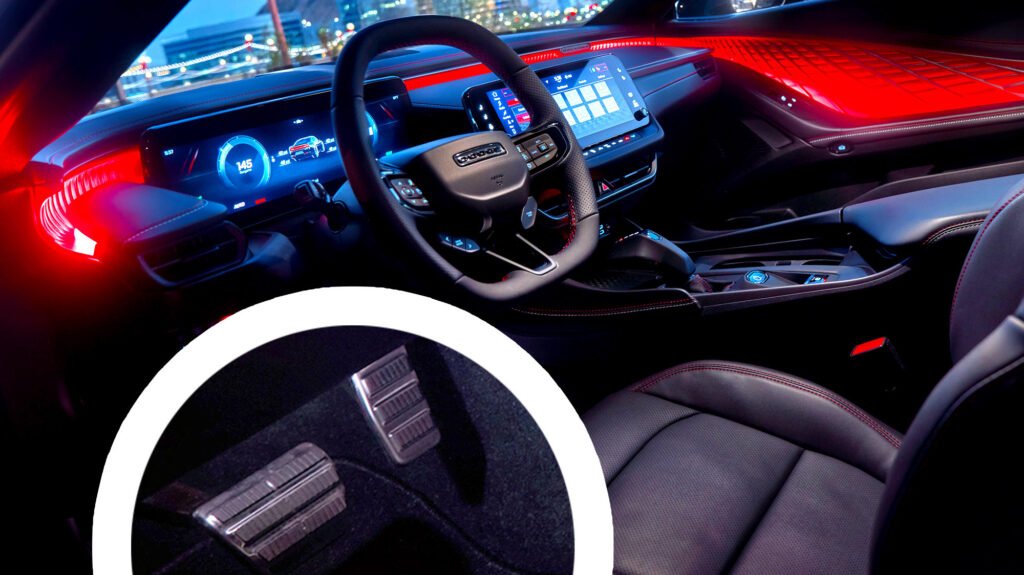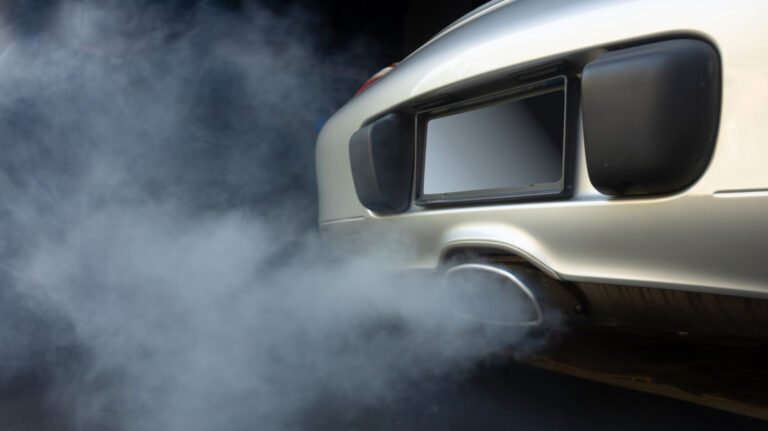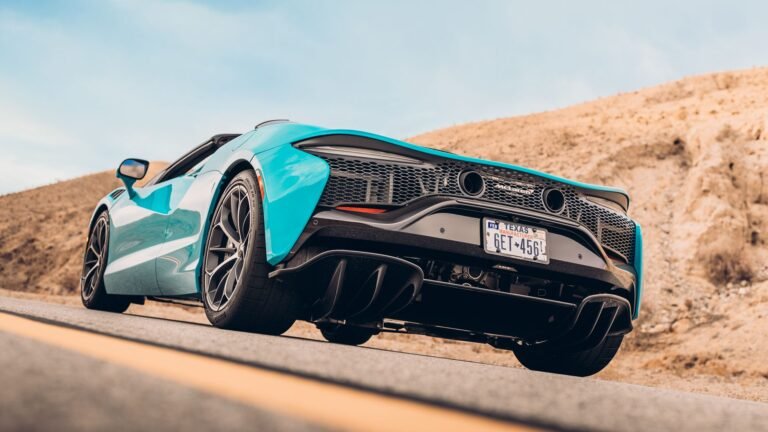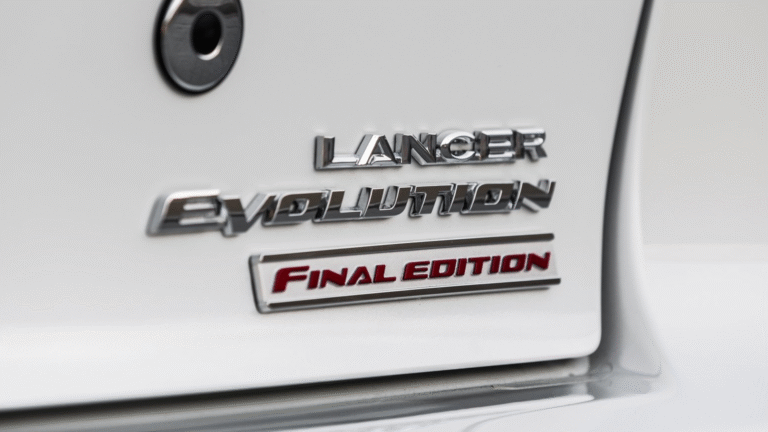

- Stellantis just provided Carscoops with additional insight on its Drive By Brake feature.
- The system helps drivers avoid getting stranded in the middle of the road unexpectedly.
- It’ also working to better explain how the feature operates in real-world scenarios.
It’s never a great feeling when your car starts doing things on its own. Earlier this week, a Dodge Charger Daytona did something no driver wants to see: it started moving forward without anyone touching the pedals. The incident, reported by Edmunds, involved their long-term test car, which suddenly began slowly accelerating while flashing a handful of cryptic warning messages across the dashboard.
Read: Dodge Says Charger Daytona’s Unintended Acceleration Is A Feature Not A Bug
That would’ve normally been fine, but in this case, the driver wasn’t touching either pedal. The term unintended acceleration started to fly around the web because that’s exactly what it looked like. According to Stellantis, though, it’s a feature, not a bug, and now, we have details on how it works straight from the automaker itself.
A Safety Feature Disguised as a Glitch?
When news first broke, the company immediately claimed it was a safety feature called ‘Drive by Brake’. Under certain circumstances, when the car detects a fault with the accelerator pedal, it can go into this mode. When it does, it provides enough torque to increase overall speed very slowly.
In the case of the Edmunds Charger Daytona, the tester recalled, “I watched the speedometer and could tell the Charger was gaining speed at approximately 1 mph per second, even though I did not have a foot on the pedal.” The brakes still work normally, and the driver is able to slow down or stop the vehicle at any time.
Not a New Trick, Just a Quiet One
According to Stellantis, Drive by Brake isn’t exclusive to the Charger Daytona or even electric vehicles. It says the feature has been in use for years across various internal combustion models as well. But when asked which specific vehicles include it, the company didn’t provide any examples. It also didn’t offer documentation or prior consumer-facing material showing it had ever promoted the system.
That said, Stellantis did get back to us with some more details on the feature. Specifically, it says that ‘Drive by Brake’ is currently active in multiple North American models across its ICE, xHEV, and BEV platforms.
“Drivers see a notification in the instrument cluster — Service Engine Soon or Service Propulsion System — along with an icon, either a turtle symbol or a wrench symbol, when Drive By Brake is active,” a spokesperson told us.
What It Does, and Why It Exists
They went on to explain how the system functions and what drivers can expect. “In Drive By Brake, the torque delivered by the powertrain is limited and applied in a gradual manner but is enough so the vehicle can be safely maneuvered if the fault were to occur at freeway speeds, approximately 50 mph.” In essence, the safety feature prevents the car from stalling and sitting idle at the spot where the fault occurs.

Frankly, that’s a really smart move since sitting idle in an active lane can be wildly dangerous. It’s also worth noting that Stellantis says it designed the feature specifically so that brake engagement interrupts the torque feed and brings the car to a stop.
Still, a question remains: why not flash a clear message to the driver that explains that they should expect acceleration? Stellantis doesn’t say, but it did confirm multiple times that it is reviewing in-vehicle messaging and other consumer info to ensure the feature is ‘intuitive and easy to understand.’
And as for why turning the car off and back on again sometimes clears the issue? That’s part of the system, too, says Stellantis. “The vehicle’s control system checks for faults at every key-on event, so stopping a vehicle in Drive By Brake function, turning it off, and then restarting the vehicle can return the system to normal if the fault is not redetected.”
Nobody Reads the Fine Print at 50 MPH
So there we have it. A clearer picture of how what looked like unintended acceleration, a bug in some eyes, turned out to be a built-in feature. The Charger wasn’t haunted, it was just quietly doing its job, even if it forgot to clue in the human behind the wheel.
Still, if Stellantis plans to keep this system active across a wide range of vehicles, it might want to do more than bury somewhere inside a service manual no one knows about. Drivers shouldn’t have to piece together what’s happening from cryptic dashboard symbols and after-the-fact press statements.




